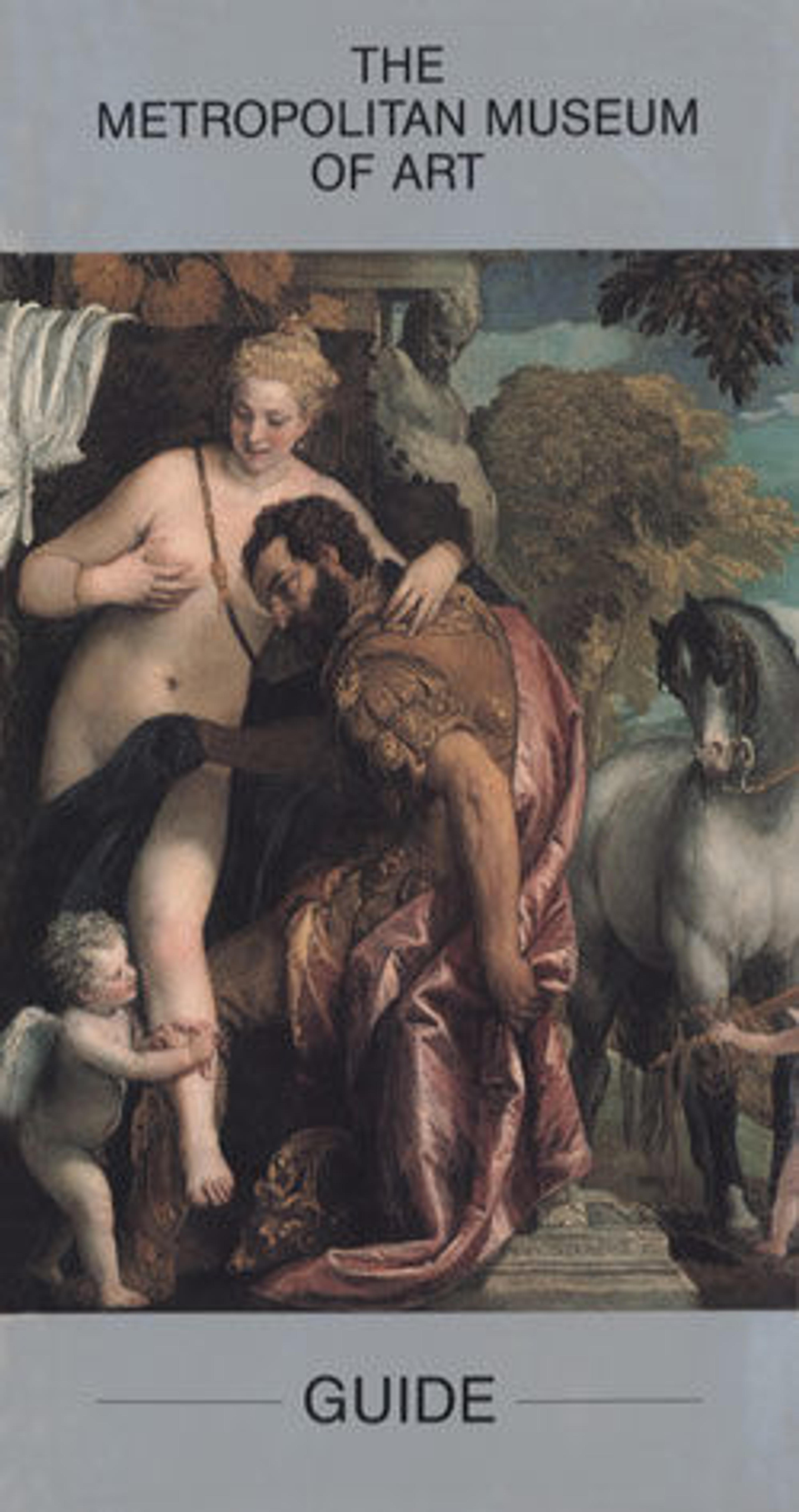Bust of an Official
Only very occasionally do Egyptian statues seem to convey a mood of sadness or concern like this one. This statue has plausibly been dated to the post-Persian Period where such features seem to fit best. The position of the arms and the lack of a back pillar suggest the original statue represented a cross-legged sitting official; if so, it would then be one of the several revivals in the fourth century of features that had gone out of vogue in early Dynasty 26.
Artwork Details
- Title: Bust of an Official
- Period: Late Period
- Dynasty: Dynasty 30
- Date: 380–343 B.C.
- Geography: From Egypt; Probably from Memphite Region, Memphis (Mit Rahina), Ptah Temple
- Medium: Greywacke
- Dimensions: H. 38.1 × W. 30.1 × D. 17.3 cm, 22.1 kg (15 × 11 7/8 × 6 13/16 in., 48.8 lb.)
- Credit Line: Rogers Fund, 1925
- Object Number: 25.2.1
- Curatorial Department: Egyptian Art
More Artwork
Research Resources
The Met provides unparalleled resources for research and welcomes an international community of students and scholars. The Met's Open Access API is where creators and researchers can connect to the The Met collection. Open Access data and public domain images are available for unrestricted commercial and noncommercial use without permission or fee.
To request images under copyright and other restrictions, please use this Image Request form.
Feedback
We continue to research and examine historical and cultural context for objects in The Met collection. If you have comments or questions about this object record, please complete and submit this form. The Museum looks forward to receiving your comments.
